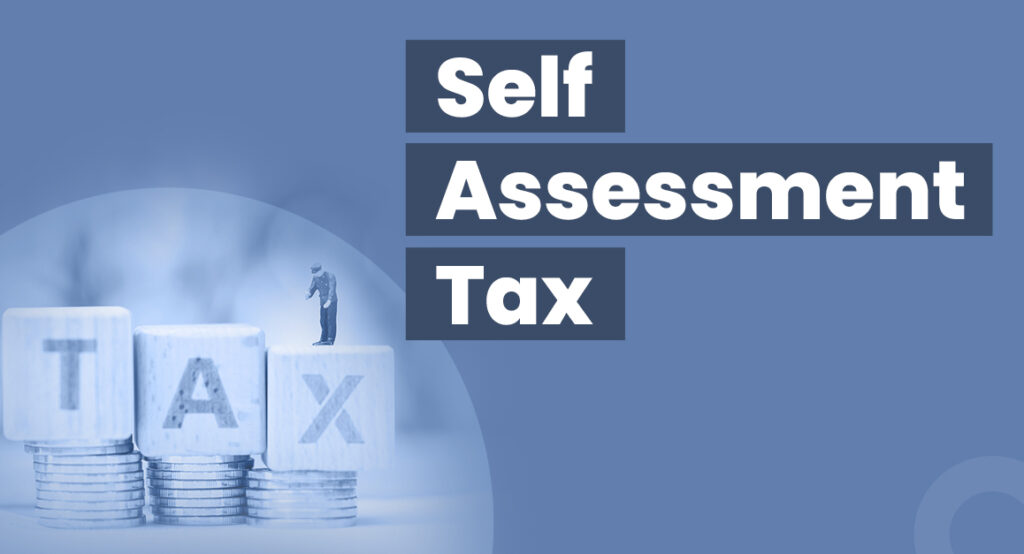Self-assessment tax in India ensures you settle your tax dues accurately. It’s the tax you calculate and pay after accounting for advance tax and TDS. Many salaried workers, freelancers, and businesses deal with it. Confused? Let’s break it down simply.
What Is Self-Assessment Tax?
Self-Assessment Tax in India is the final amount a taxpayer pays before filing their Income Tax Return (ITR). It ensures any pending tax dues after TDS and advance tax are settled. Without paying this amount, the ITR is considered incomplete. This payment must be made before you file your return. If delayed, interest under Section 234A, 234B, and 234C may apply.
For example, if your total tax liability is ₹1,00,000 and you’ve already paid ₹85,000 through TDS and advance tax, then you must pay the remaining ₹15,000 as self-assessment tax. This is due before the ITR deadline—July 31 for most. This ensures compliance with tax laws.
Who Needs to Pay It?
Self-assessment tax in India applies to individuals, HUFs, and businesses who have unpaid tax dues before filing ITR.You’re likely required to pay it if:
- Your employer didn’t deduct enough TDS.
- You have other sources of income (e.g., rent, investments, or freelance work).
- You missed paying adequate advance tax.
According to the Economic Times (2024), over 1.3 crore Indian taxpayers paid self-assessment tax last year, reflecting a 15% rise from the previous year. This growth indicates rising financial awareness and digital access.
How to Calculate and Pay?
Calculating Self-Assessment Tax in India is simple if you follow these steps:
- Add salary, business profits, or capital gains, then subtract deductions like Section 80C (₹1.5 lakh max).
- Apply tax slabs—say, 20% for ₹9-12 lakh in the new regime.
- Check Form 26AS for TDS and advance tax paid, then pay the gap online via the Income Tax portal.
- For instance, e-payment is quick and tracks your dues. Moreover, accuracy avoids notices.
After successful payment, you’ll receive a challan receipt. Keep this for your records and include the challan details when filing your ITR. Also, make sure the payment reflects in your Form 26AS within a few days. If not, contact your bank or the tax department immediately.
Why It Matters:
Self-Assessment Tax is more than just a tax payment—it’s a responsibility. Filing an ITR without paying the correct self-assessment tax can result in Rejection of the return, Interest and penalties and delay in processing refunds. It also helps the government estimate yearly collections and improves tax compliance. For business owners, it’s crucial to maintain clear tax records, especially if seeking funding.
Conclusion:
Self-Assessment Tax in India is a crucial step in accurately filing your income tax return. It ensures full tax compliance and helps avoid penalties or delays. By calculating and paying this tax on time, you maintain a clean financial record—essential for personal and business growth. Explore more tax insights now!
– Ketaki Dandekar (Team Arthology)
Read more about Self – Assessment Tax here – https://cleartax.in/self-assessment
